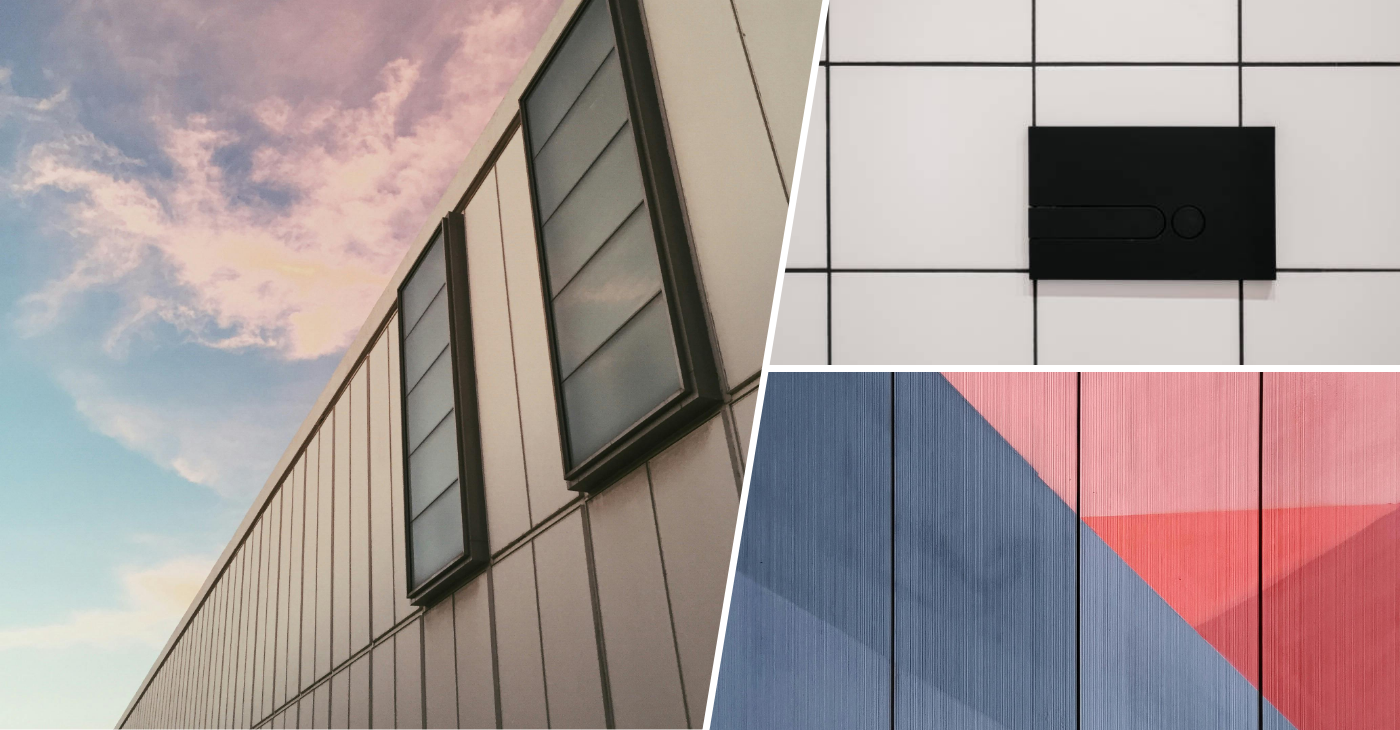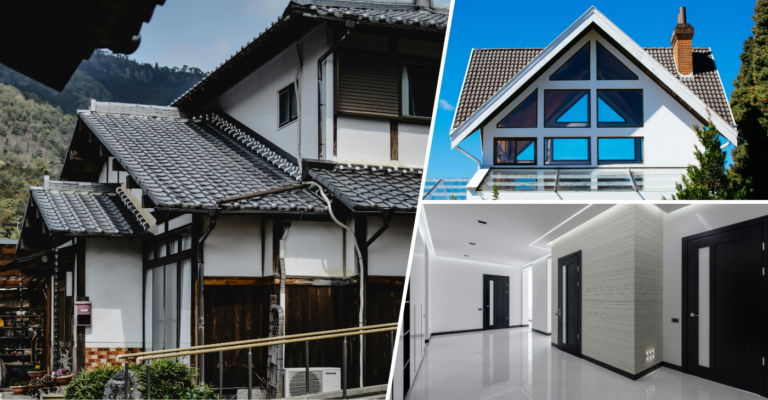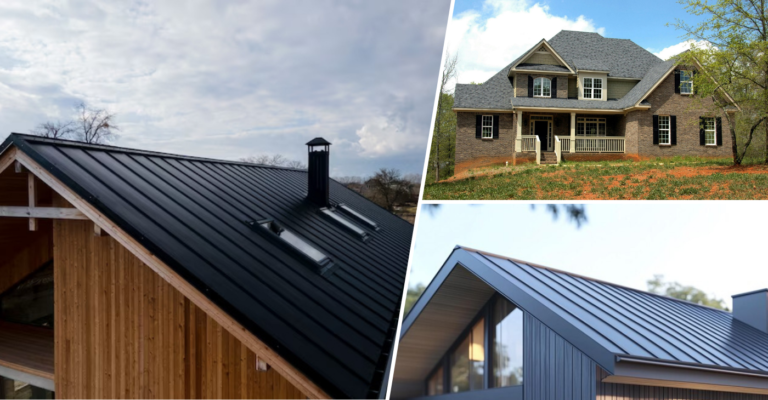How fire rated wall panels enhance your building’s safety?
Fire rated wall panels are a crucial element in ensuring that your structure is not only compliant with fire regulations but also offers enhanced protection against fire risks. These specially designed panels are engineered to slow down the spread of fire, giving occupants valuable time to evacuate and first responders a better chance to control the situation. In this article you’ll explore the benefits they bring and why they should be a key consideration for any construction project.
What are fire rated wall panels?
Fire rated wall panels are specially designed materials used to improve the fire safety of buildings. They are constructed from fire-resistant materials like gypsum, mineral wool, or reinforced steel. These panels act as barriers, slowing down the spread of fire and providing essential time for evacuation and fire response. They are vital in protecting both the structure and the people inside. Fire rated panels are used in many types of buildings, from homes to commercial and industrial properties, where fire safety is a key concern.
How does it work?
Fire rated wall panel work by resisting heat and flames. They are engineered to withstand high temperatures for a specific period, usually measured in minutes or hours. This is known as their fire resistance rating. The materials used in these panels do not easily burn or allow fire to pass through. Instead, they slow down the fire, limiting its ability to spread quickly. This containment gives people more time to evacuate and helps minimise damage. The rating of each panel indicates how long it can maintain its fire-resistant properties before breaking down.
How fire rated wall panels help with fire code compliance
Fire rated wall panel helps buildings comply with strict fire safety regulations. Many building codes require specific fire protection measures, especially in commercial and industrial settings. Installing these panels ensures that your building meets the necessary fire safety standards. Fire rated panels not only help with legal compliance but also protect the building owner from potential liabilities. Having these systems in place can make insurance claims easier to process in the event of a fire. Staying compliant with fire codes also helps avoid fines and legal issues down the road.
Installation and maintenance
Installing fire rated wall panel is a straightforward process, especially when handled by professionals. They can be installed in both new constructions and existing buildings. The panels are typically mounted to the building’s structural framework, and proper installation is key to ensuring they perform effectively in the event of a fire. Once installed, these panels require very little maintenance. They are durable and do not degrade over time. Regular inspections are recommended to ensure they remain in good condition, but overall, fire rated wall panels provide long-lasting fire protection with minimal upkeep.
How it improve property value and insurance premiums
Fire rated wall panels can increase the value of a property. Buildings equipped with these panels are seen as safer and more secure. Potential buyers or tenants often prefer properties with enhanced fire protection, making it a valuable selling point. Additionally, having fire rated panels can lower your insurance premiums. Insurance companies often offer lower rates for buildings that are well-protected against fire. The reduced risk of extensive damage makes these buildings more attractive to insurers, leading to cost savings for the owner over time.
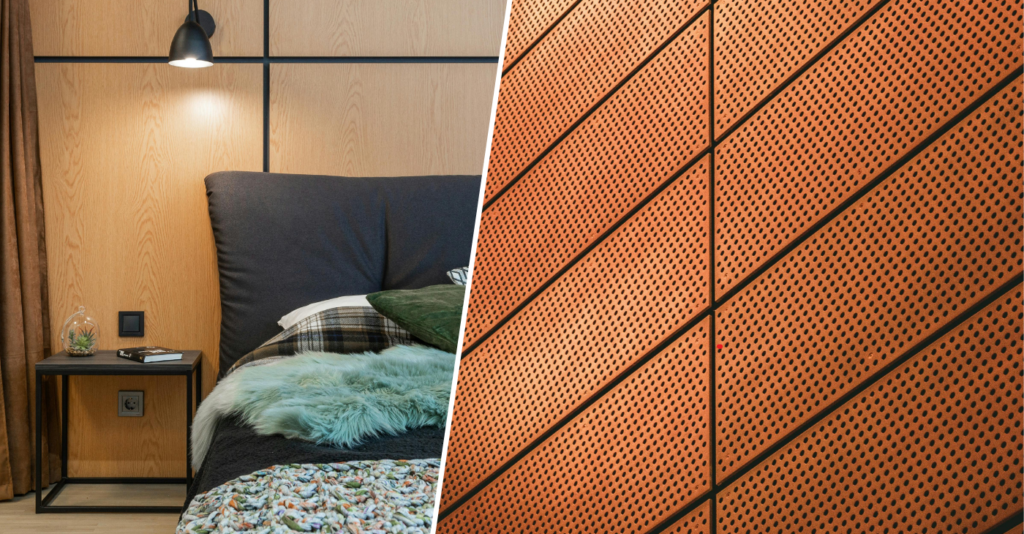
Key advantages of fire rated wall panels
1. Slowing down the spread of fire
Fire rated wall panels act as barriers that contain and slow down the spread of fire. Unlike materials like drywall or wood, which burn quickly, fire rated panels are made from fire-resistant materials like mineral wool, gypsum, or steel. These materials can withstand fire much longer. By containing the fire, the panels prevent flames and heat from spreading, giving people more time to escape. They also allow emergency services more time to manage the fire before it spreads further.
2. Improved structural integrity during fires
Fire can weaken a building’s structure, causing walls and floors to collapse. These panels are designed to maintain their strength even under high temperatures. This is especially important in multi-story buildings, where the collapse of one wall can lead to greater damage. By using these panels, the building stays intact for longer, which is crucial when protecting large structures with many occupants.
3. Compliance with building codes and fire regulations
Fire regulations are becoming stricter to reduce the risk of fire-related accidents. These wall panels meet or exceed these safety standards, ensuring your building complies with the regulations. Installing these panels also reduces liability. In case of a fire, compliant safety measures can protect building owners from legal issues and ensure smoother insurance claims.
4. Enhanced fire containment in critical areas
Certain areas, like kitchens, boiler rooms, and industrial spaces, are more prone to fire. Fire rated wall panels provide extra protection in these high-risk areas, preventing a small fire from turning into a disaster. In places like hospitals or schools, these panels create fire-resistant zones that isolate fire and protect areas where evacuation might be harder.
5. Reducing toxic smoke emissions
Fire rated panels are made from non-combustible materials, which reduce the amount of toxic smoke produced during a fire. Smoke inhalation is often more dangerous than the fire itself. Toxic gases can incapacitate people, making escape difficult. With fire rated panels, smoke and harmful fumes are minimised, keeping the air breathable longer and making evacuation safer.
6. Increased fire resistance duration
Fire rated wall panels come with different fire resistance ratings, ranging from 30 minutes to several hours. These ratings show how long the panels can resist fire. This allows you to choose the right level of protection for different areas of your building. For critical areas, panels with higher ratings provide more time for fire services to respond, while less critical areas can have lower ratings to balance protection and cost.
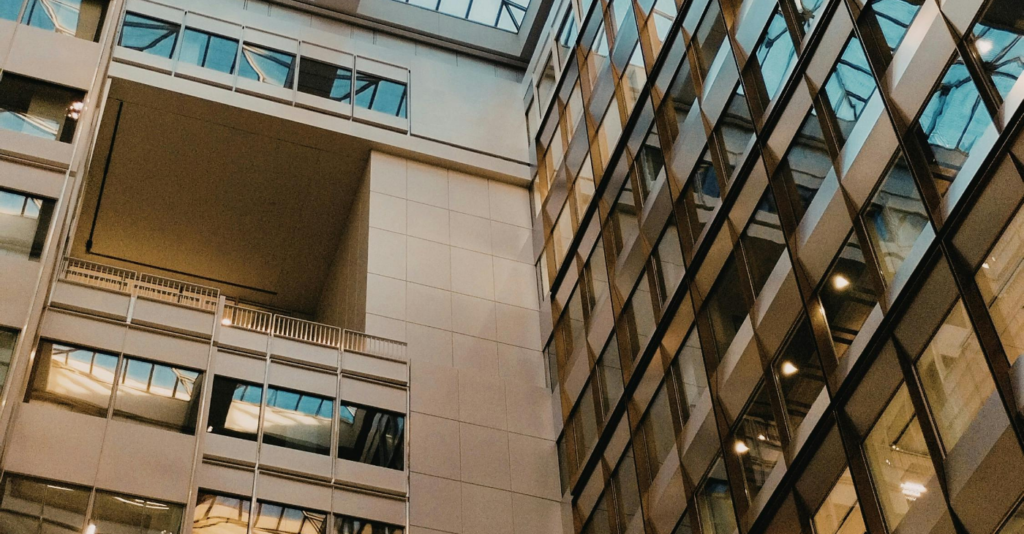
Common myths about fire rated wall panels
There are a few common myths surrounding fire rated panels. One myth is that they are overly expensive. While fire rated panels do cost more than standard materials, they offer tremendous value in terms of safety and long-term savings. Another misconception is that these panels are only necessary in large, commercial buildings. In reality, fire rated panels can benefit homes and smaller buildings just as much. Some people also believe that fire rated panels need frequent replacement, but they are built to last and require little maintenance, making them a reliable choice for fire protection.
Choosing the right fire rated wall panels for your project
When selecting fire rated wall panels, several factors should be considered. First, determine the level of fire resistance required for your building. Higher-rated panels provide longer protection, but they may come at a higher cost. It’s also important to choose the right material based on your specific needs. Gypsum is lightweight and cost-effective, while mineral wool offers excellent heat and sound insulation. Steel panels are ideal for areas that need extra durability. Consulting with a professional can help ensure that you choose the right fire rated wall panel for your project’s specific safety requirements.
Conclusion
Fire rated wall panels play a critical role in enhancing the overall safety of your building. By slowing down the spread of fire, maintaining structural integrity, reducing toxic smoke, and meeting fire safety regulations, they provide a reliable safeguard against fire hazards. Whether you’re constructing a new building or upgrading an existing one, investing in fire rated wall panel is a smart decision that prioritises the safety of occupants and the longevity of your property.

